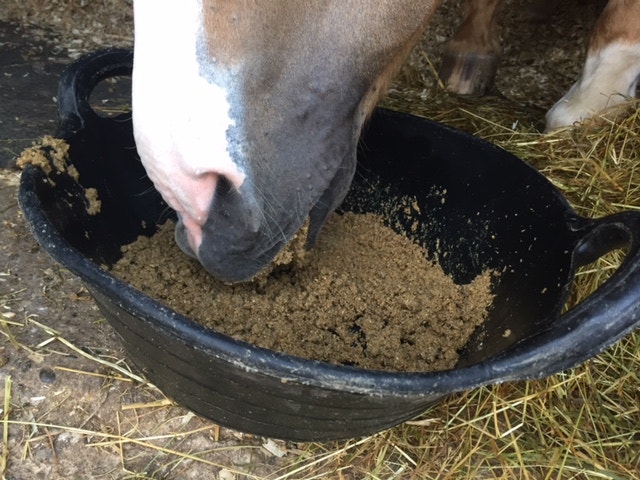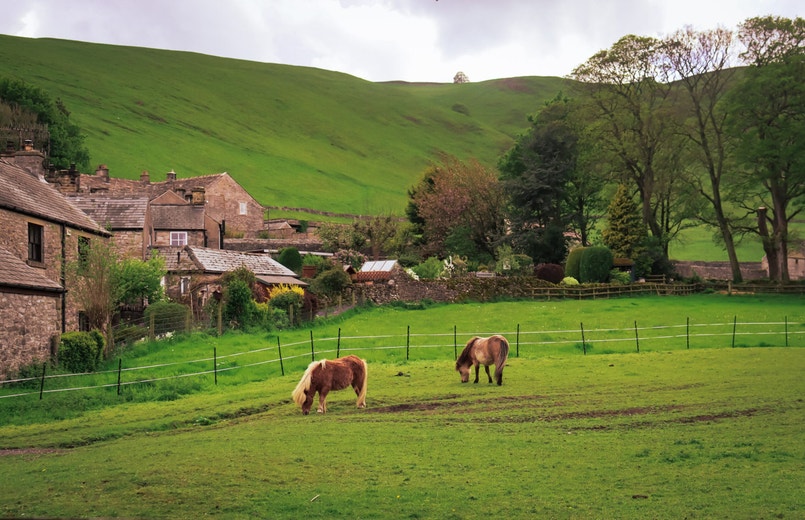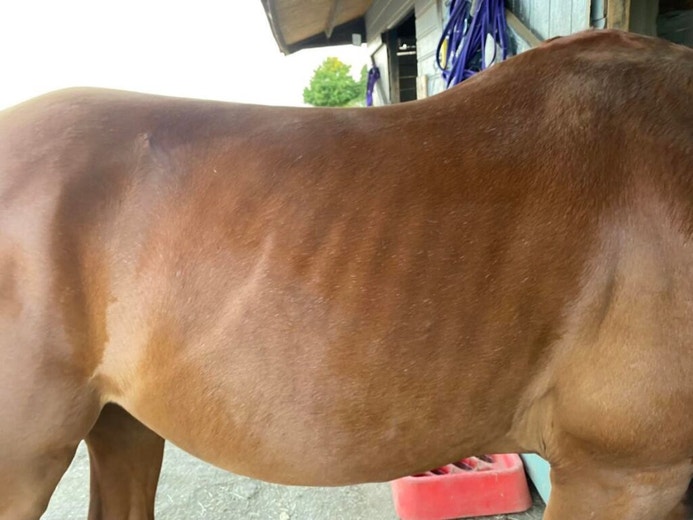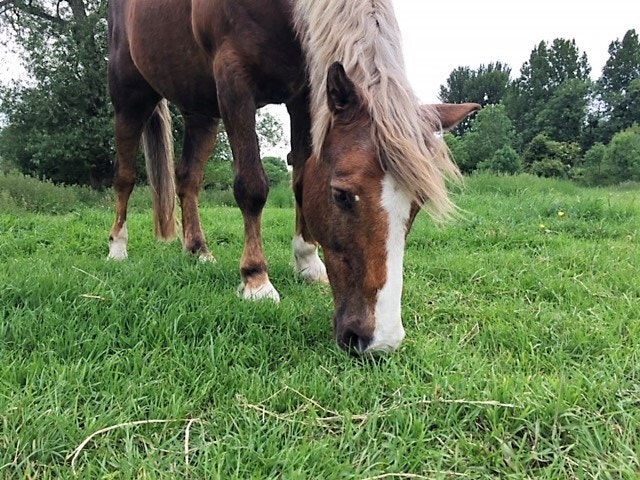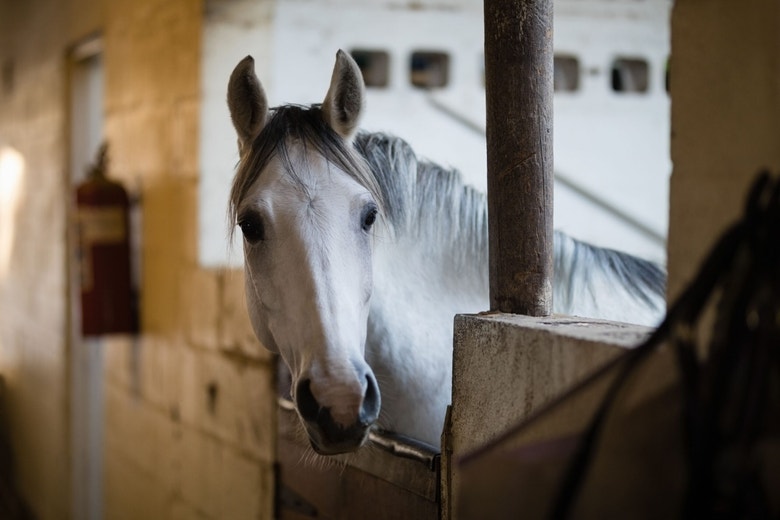#SPILLERSScience: new research sheds further light on the benefits of strip grazing
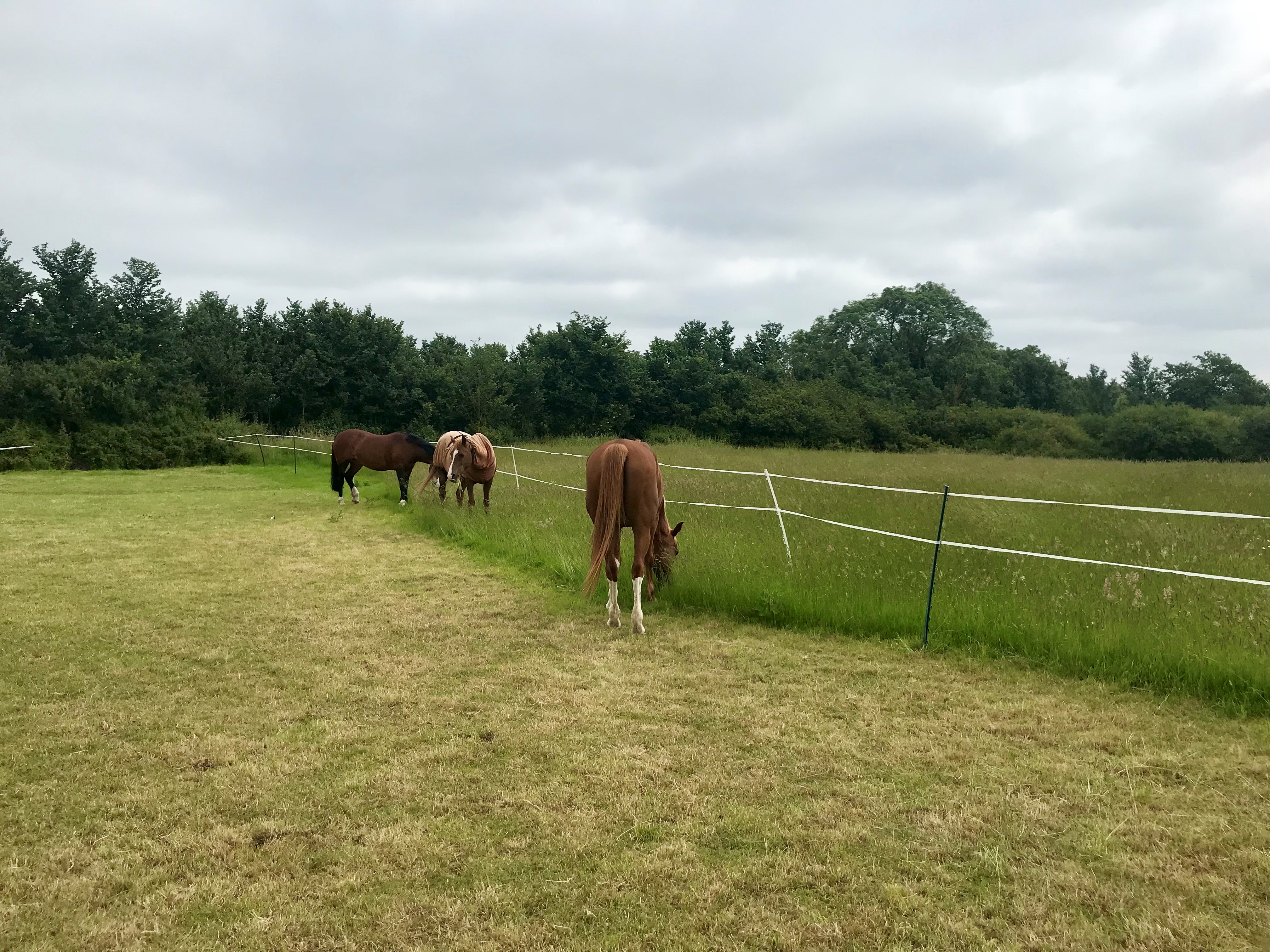
If you're one of the many owners battling to keep their horse’s waistline in check you will know only too well that grass can easily provide more calories than they need. Strip grazing is a popular method of restricting grass intake but the question that springs to every owner's mind is 'will it work?'!
Research we published 2020 in collaboration with Dr Annette Longland of Equine Livestock and Nutrition Services in Wales found strip grazed ponies gained significantly less weight than ponies with free access to restricted grazing, but the reasons for this were not fully explained. Fast forward a few years and our follow-up work has shed further light on why strip grazing may be an effective weight management tool.
The original study
Twelve ponies were turned out in individual, rectangular paddocks for 28 days from late June to late July. The size of each paddock was calculated to ensure that at the start of the study, it provided 1.5% of the pony's bodyweight in grass on a dry matter basis for 28 days (although the grass kept growing!). The first 10-15m of each paddock was mown to form a 'start paddock' containing enough grass for two days. After the first two days each pony was either:
Given access to their entire paddock
Strip grazed with a lead fence only - the fence was moved 1/26th of the paddock length per day
Strip grazed with a lead fence and a back fence - both fences were moved 1/26th of the paddock length per day
After 28 days, non-strip grazed ponies had gained 3-4 times more weight than strip grazed ponies, with the majority of their weight gain occurring in the first two weeks. Not only did strip grazed ponies gain significantly less weight overall (regardless of whether a back fence was used), they did so at a more consistent rate.
The new study
Data and samples collected during the original study were analysed:
The grass in the ‘start paddock' areas remained leafy and green throughout the study while the nutrient quality of the grass in the rest of the paddock declined as it matured - it was higher in fibre, less digestible and lower in calories, 'sugar' and protein in week 4 than in week 1.
Calculated calorie intakes in the first two weeks exceeded requirements by 42% in non-strip grazed ponies vs 8% in strip grazed ponies.
Non-strip grazed ponies initially 'gorged on the good stuff', spending more of their time eating the more nutritious grass in the first two weeks, leaving the more mature, less nutritious grass for the second half of the study.
Strip grazing (at this stage of grass growth) prevented rapid weight gain by preventing aggressive selective grazing and providing gradual access to grass of decreasing nutritional value.
Putting science into practice
It's long been said that feeding horses well requires a combination of art and science and this mantra applies to managing forage intake as well as 'bucket feed'. To test something robustly, scientific research needs to be conducted under very controlled conditions and while you may not always be able to replicate the exact methods used in 'real life', studies like these provide valuable knowledge that helps us to improve the practical advice we offer.
These two studies show that strip grazing can be an effective weight management tool, especially once the very rapid spring growth is over (remember these ponies were strip grazed from late June to late July), so it's certainly worth considering if your horse is prone to piling on the pounds. However, it's important to remember that strip grazing may not be sufficient restriction for horses and ponies at risk of laminitis, especially at certain times of the year and/ or if the water soluble carbohydrate or 'sugar' content of the pasture is higher than they can tolerate.
For specific advice on managing your good doer contact the SPILLERS Care-Line on 01908 226626 or by completing our online enquiry form
References
Longland, AC, Barfoot, C, Harris, PA. Strip-grazing: Reduces pony dry matter intakes and changes in bodyweight and morphometrics. Equine Vet J. 2021; 00: 1– 8. https://doi.org/10.1111/evj.13416
Longland, AC, Barfoot, C, Harris, PA. Strip grazing: Changes in biomass, nutrient content and digestibility of temperate, midsummer pasture by strip-grazed or ‘free’-grazing ponies, over 4 weeks.
Journal of Equine Veterinary Science, 131 p.104957.
https://www.sciencedirect.com/science/article/abs/pii/S0737080623007736

